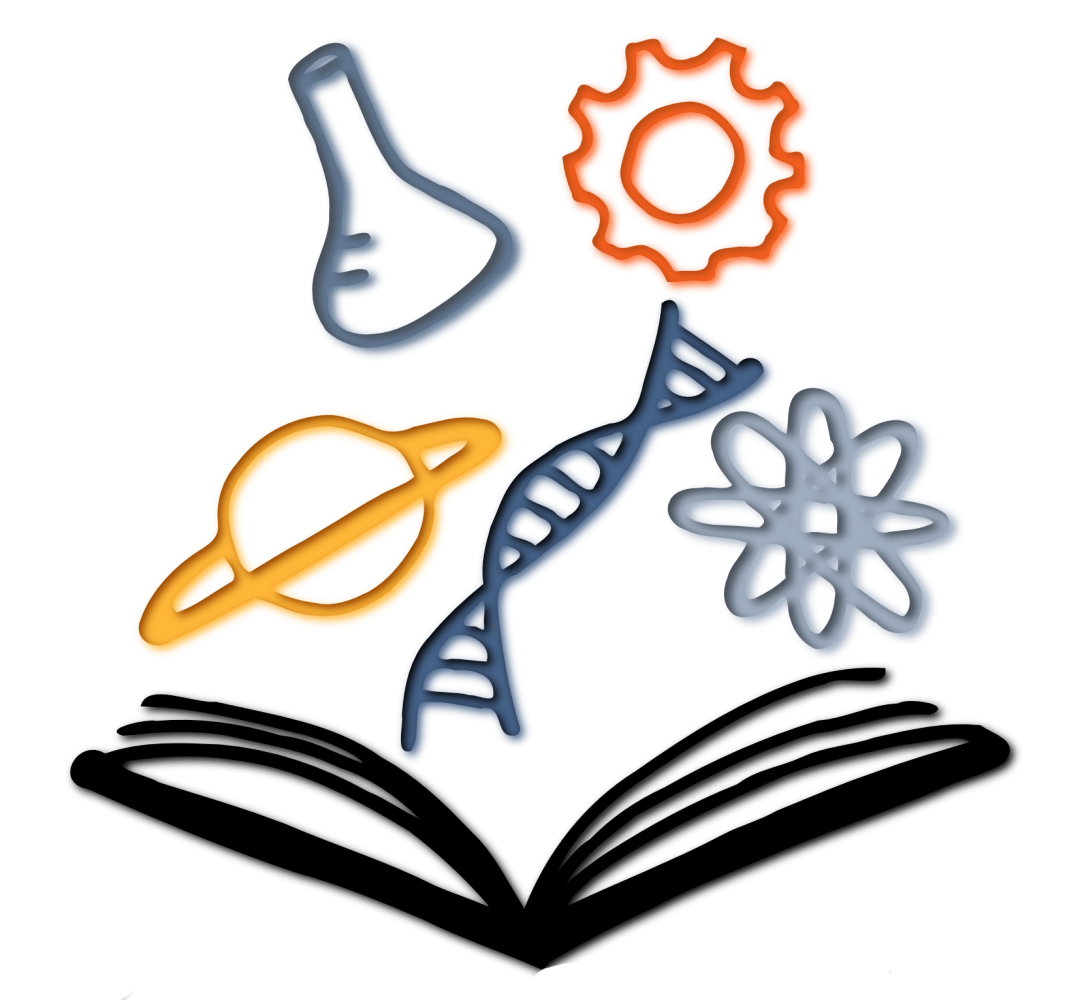Hey, welcome, fellow noob!
I hopped on the Linux train maybe 20 years ago and haven’t had any non unix system in maybe 15 years.
Also, I don’t know anything much. I can do basic tasks with a Terminal, but I don’t think for example I could install Arch from scratch. Or if I’d accidentally opened VIM, I’d have to kill power to get out again. But I like to tinker. If you like to tinker it’s a big plus, otherwise things, that don’t work instantly, might get frustrating.
As others said, use a pre built distro + DE environment, especially if you don’t really know what you do. Another thing that I’d recommend: a distro that be backed up easily. So you can tinker and start over, if necessary.
If I don’t know, how to fix a thing, I usually look up my question online. The problem with that is: I’ll find solutions containing commands that I don’t know, what they do. I have “fixed” my OS to death before, so it’s always nice to have a recent backup.
Ubuntu is the biggest, although it’s not old-school like win98 and comes with idealistic problems for many people. If you didn’t really enjoy it, I wouldn’t go back, just because it has the biggest community. Community isn’t only about size.
Mint is rock solid, I’ve run that a long time with different DEs.
Another distro, I can’t really recommend (as I haven’t used it further than live USB yet), but might be very interesting for you, is MX Linux. It comes with simple DEs and more importantly: a ton of GUI tools (including a back up tool where you can back up the entire OS including apps and settings as a flash USB).
I don’t know, if I was able to help anything. I just wanted to reassure, that there are (maybe even many) Linux users that don’t really know what they do.
As with many skills in life, I believe, the best way to learn is by just doing it. There will be failures. And each failure is a big opportunity to learn something.















I assume that the submarine producer gives stats like empty weight from which the current weight can be calculated.
However, weight isn’t the important thing in a sub. It’s the weight to volume ratio, or buoyancy.
A sub sinks when buoyancy is negative and rises if the buoyancy is positive.
There are three common ways to achieve the changing buoyancy: the most simple one is a vessel with positive buoyancy adding droppable weights until the buoyancy is negative.
Other ways are a neutral buoyancy vessel that uses it’s engine power to push itself up or down. Or a vessel that can change it’s buoyancy by filling up tanks with water (to reduce buoyancy below neutral) and blow them out with air or other gases lighter than water (to raise buoyancy above neutral). A combination of several methods is also possible.